The palpable joy of the pre-k or kindergarten audience who knows a problem with a story must be caged, bottled, or otherwise sold to the late afternoon crowd. They know that the princess lives in a tower, so the audience is curious when the princess’s home is revealed to be a swamp. They’ll laugh as quietly as they can and squirm in their seats as they try not to be loud. Seven Little Ducklings delivers that same story time charm because kids think that they know the story, only to have it twist in ways that are unexpectedly cute or funny.
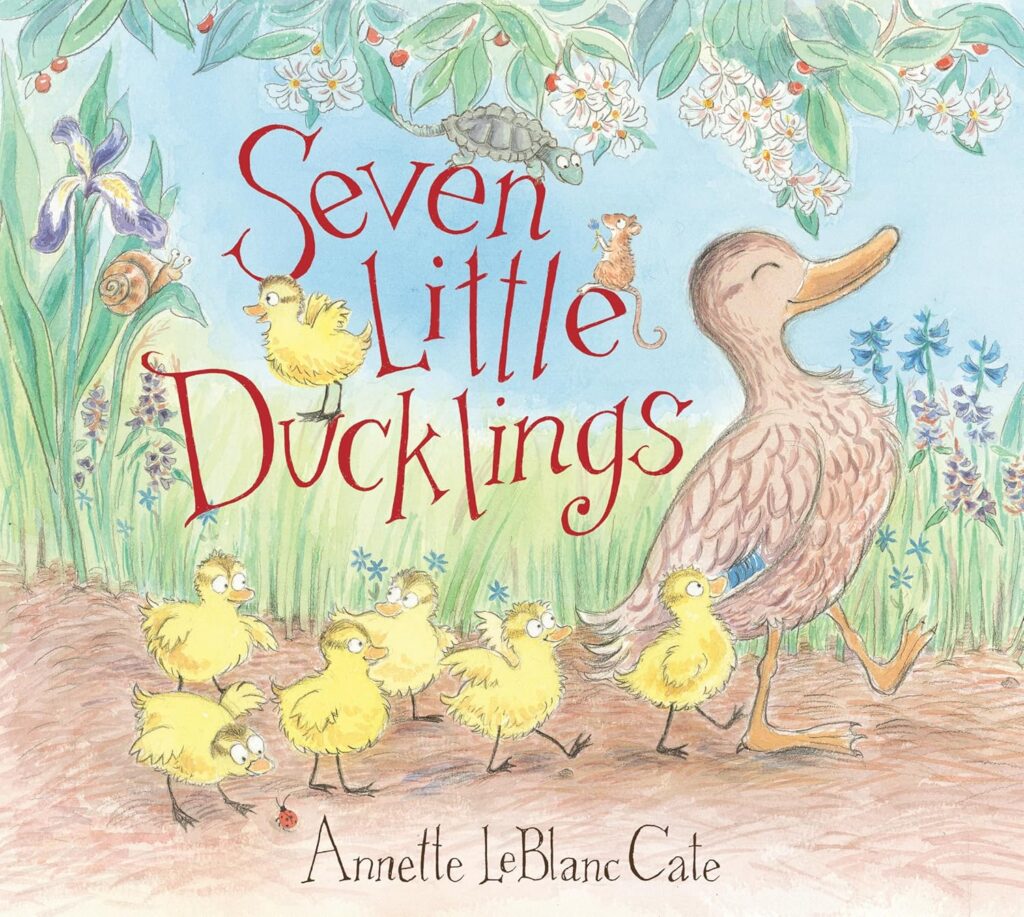

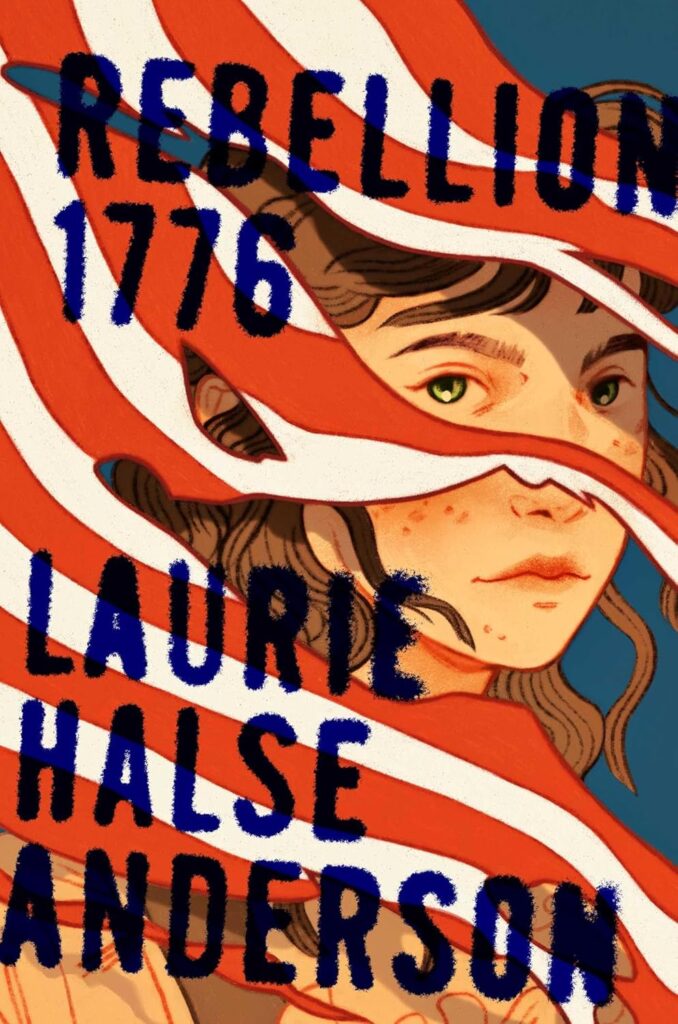
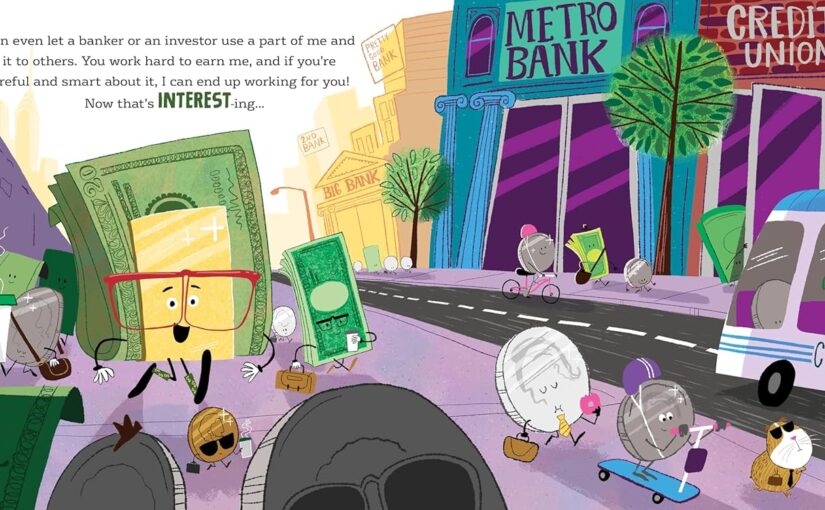
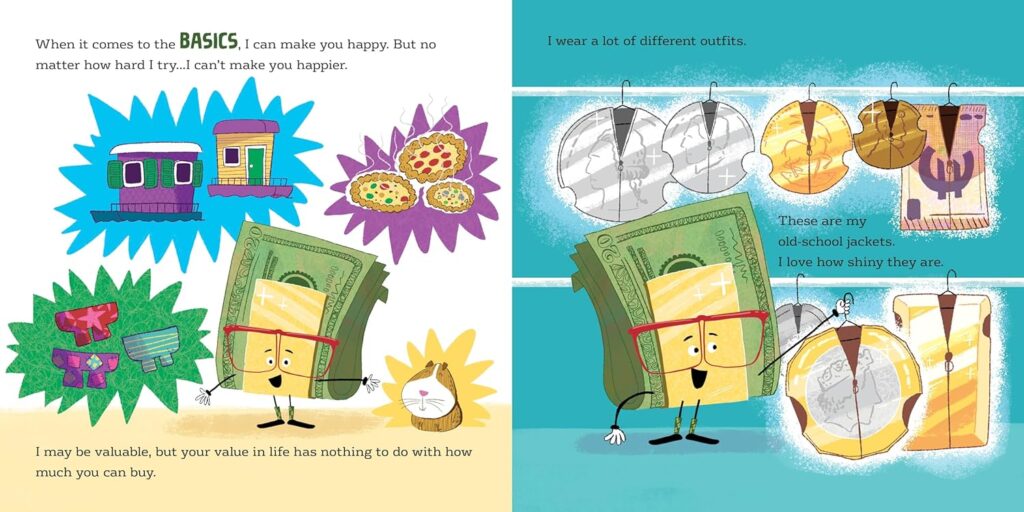
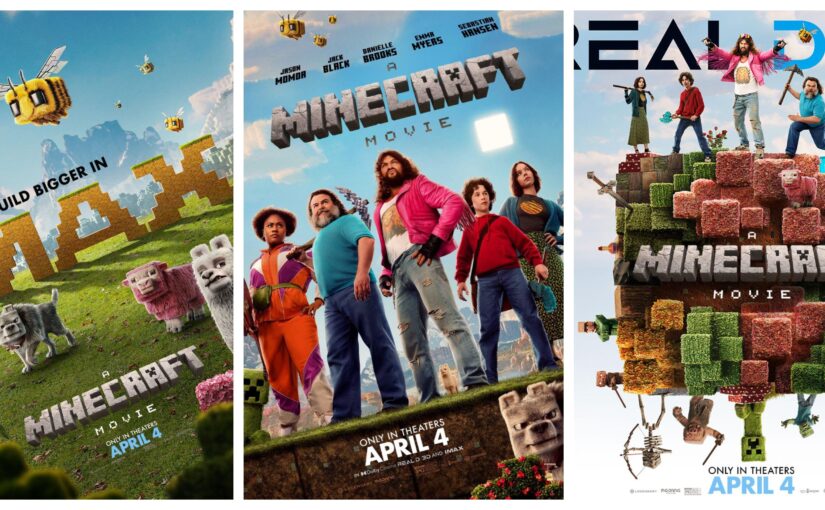
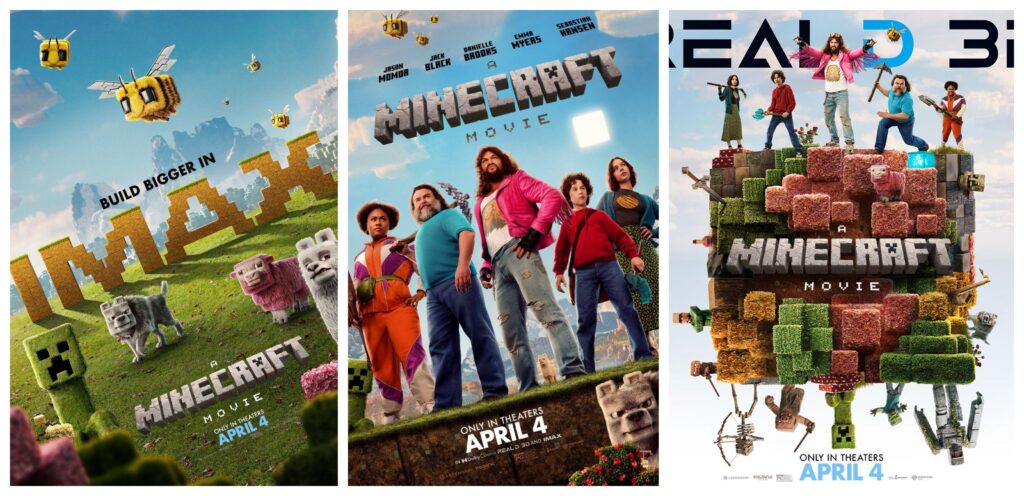
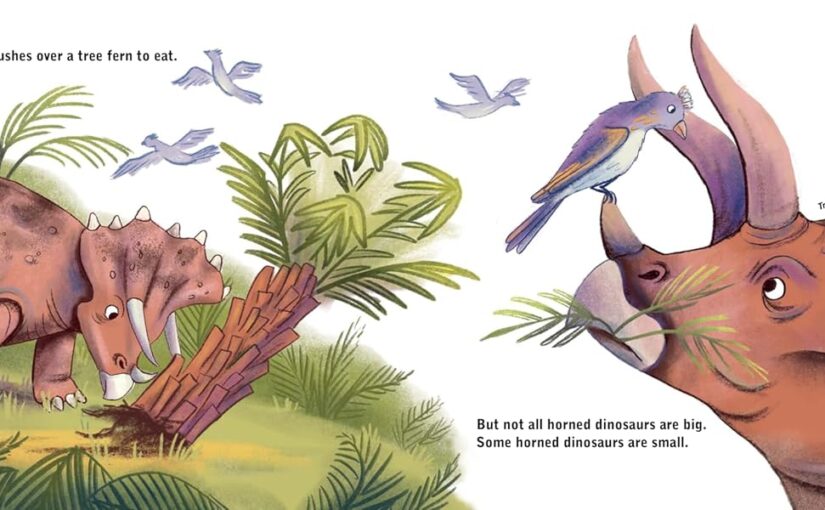
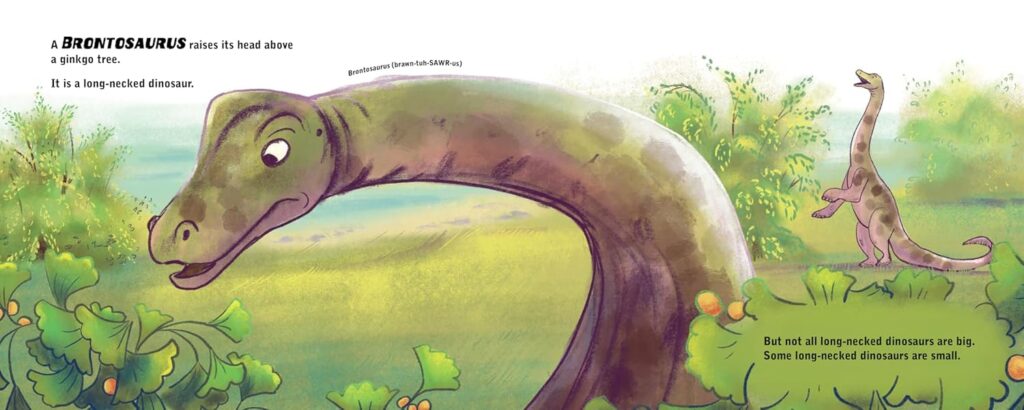
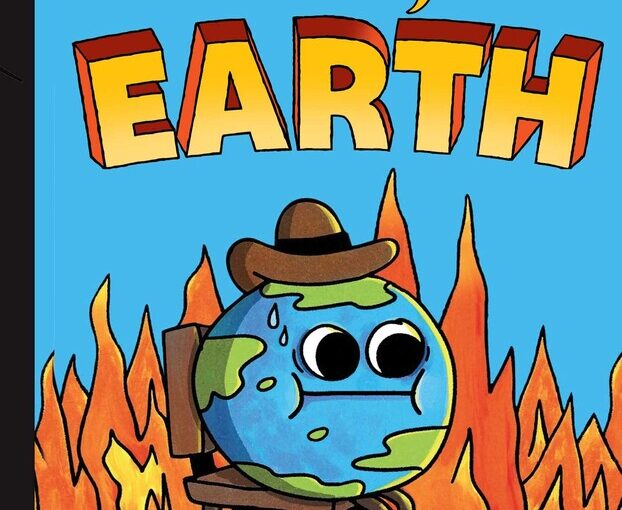
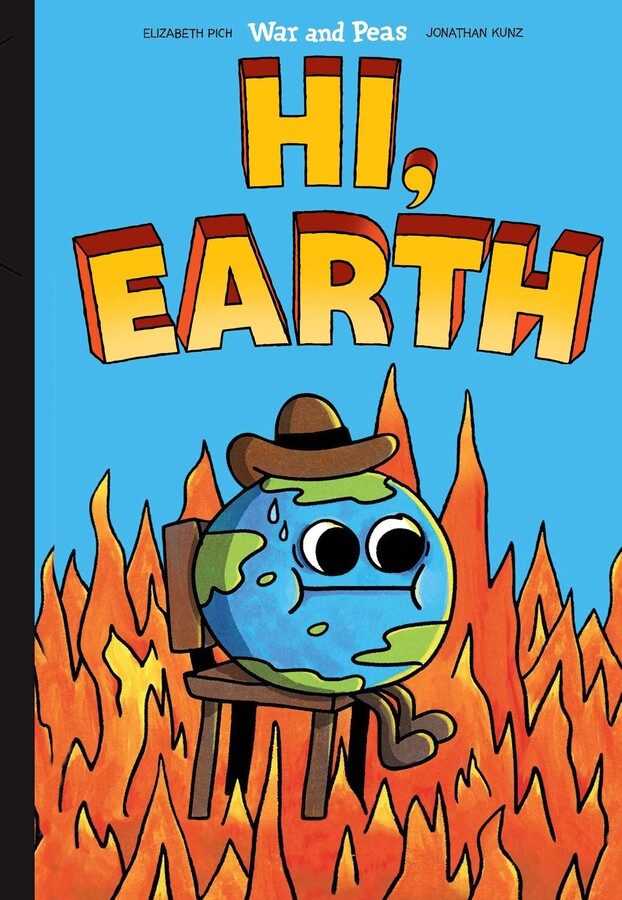
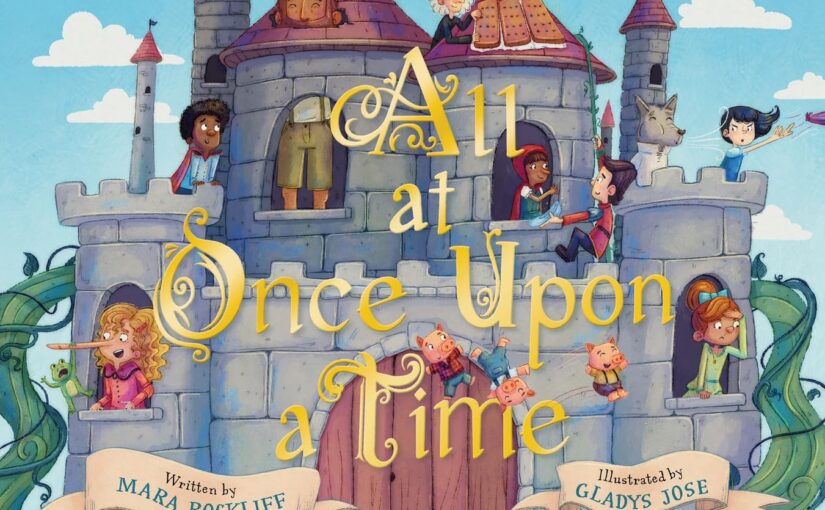
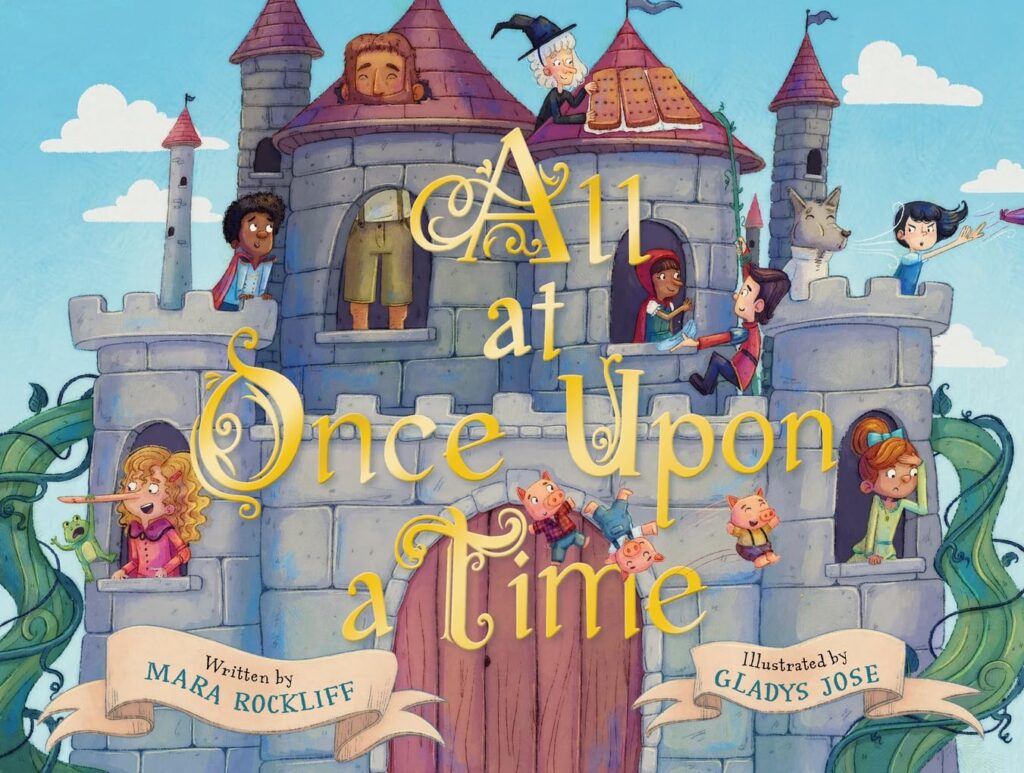
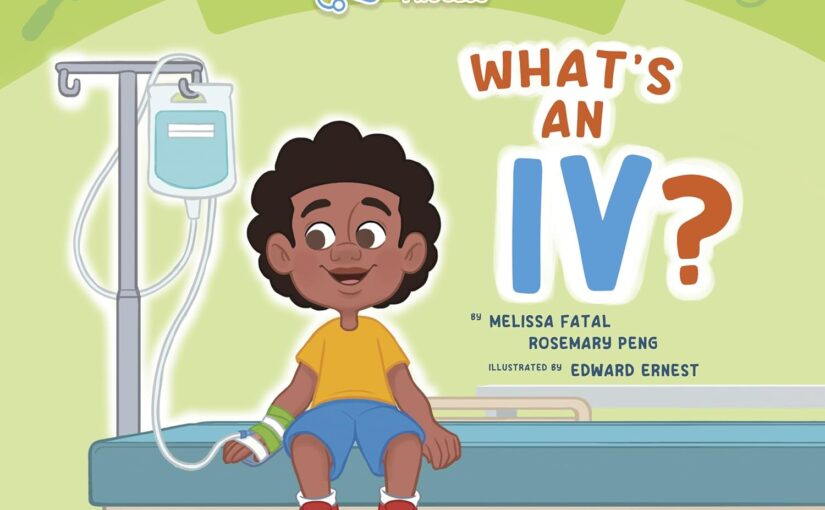



 Facebook
Facebook Twitter
Twitter Flickr
Flickr GooglePlus
GooglePlus Youtube
Youtube